47 Best Customer Retention Email Tips for (2023)
Supercharge Your Customer Retention: 7 Proven Email Marketing Techniques
Are you struggling to keep customers coming back for more? Look no further than email marketing. This powerful tool has the potential to revolutionize your customer retention email rates. By crafting effective email campaigns, businesses can nurture relationships and foster long-term loyalty. With an email marketing strategy in place, you’ll be able to engage with your audience on a whole new level.
But what exactly makes email marketing so essential for customer retention? Well, it’s all about staying connected and building trust. Customers are likelier to stick around When they receive personalized emails that cater to their needs and preferences. Studies show that businesses implementing a well-executed email marketing plan experience higher customer loyalty and increased revenue. So, if you’re ready to boost your customer retention game, it’s time to dive into email marketing.
Email campaigns have become the go-to method for businesses looking to establish meaningful connections with their customers. Companies can make their clients feel valued and appreciated through targeted messaging and tailored offers. As a result, customers are more inclined to remain loyal over time. Implementing an effective email marketing strategy is cost-effective and highly rewarding.
So buckle up as we explore the ins and outs of how email marketing plays a pivotal role in customer retention. Get ready for insights on creating captivating content, driving engagement through personalization, and utilizing data-driven strategies to make your business stand out. It’s time to take control of your customer relationships through the power of email marketing!
47 Best Customer Retention Email Tips
- Personalization: Address your customers by name and tailor content to their preferences.
- Segmentation: Group your audience to send targeted, relevant content.
- Consistent Branding: Ensure consistent look, feel, and tone in every email.
- Loyalty Programs: Promote incentives that reward repeated patronage.
- Feedback Requests: Encourage feedback after purchase or interaction.
- Exclusive Offers: Give email subscribers unique deals or early access.
- Regular Newsletters: Keep your brand top-of-mind with valuable content.
- Educational Content: Share how-to guides related to your product/service.
- Anniversary/Birthday Emails: Recognize milestones to foster connection.
- Behavior-triggered Emails: Tailor content based on user activity, e.g., cart abandonment.
- Mobile Optimization: Ensure your emails are mobile-friendly.
- Clear CTAs: Each email should have a clear, compelling call to action.
- Social Proof: Include testimonials or user reviews.
- Interactive Elements: Use GIFs, videos, or clickable elements to engage.
- Re-engagement Campaigns: Target dormant subscribers with special offers.
- Responsive Design: Ensure emails render well across all devices.
- Time-sensitive Deals: Create urgency with limited-time offers.
- Unsubscribe Elegantly: Make the process simple but ask for feedback.
- User-generated Content: Feature content created by your loyal customers.
- Survey Invitations: Involve customers in decision-making processes.
- Testimonials: Share success stories or case studies.
- Clear Messaging: Keep content concise and to the point.
- Value Proposition: Always convey the unique value you offer.
- Optimized Sending Times: Use analytics to determine optimal send times.
- Content Diversification: Mix promotional content with informative pieces.
- Engaging Subject Lines: Capture attention from the inbox.
- Referral Programs: Encourage satisfied customers to refer friends.
- Seasonal Promotions: Offer deals for holidays or seasonal events.
- A/B Testing: Continuously optimize subject lines, CTAs, and content.
- Respect Frequency Preferences: Avoid overwhelming subscribers.
- Storytelling: Share company updates or behind-the-scenes looks.
- Quality Over Quantity: Prioritize valuable content over frequency.
- Optimized Preheaders: Use this space effectively to boost open rates.
- Value-Add Attachments: Include e-books, guides, or exclusive content.
- Rich Media: Incorporate videos or podcasts related to your offering.
- Seamless Integration: Ensure emails align with other marketing channels.
- Cross-sell Opportunities: Showcase complementary products/services.
- Community Engagement: Share events or gatherings your brand hosts.
- Milestones: Celebrate company or community achievements.
- Personal Achievements: Recognize the subscriber’s own milestones with your brand.
- Engaging Imagery: Use high-quality, relevant images.
- Product Updates: Notify customers of updates or new features.
- Concise Copy: Make your message easy to digest.
- Trust Signals: Display certifications, awards, or security badges.
- Helpful Resources: Offer tools, articles, or insights beneficial to subscribers.
- Customer Spotlights: Share stories of loyal customers.
- Follow-up Series: Send a sequence after purchase to ensure satisfaction.
Importance of Email Marketing for Improving Customer Retention
Email marketing enhances customer retention by allowing businesses to connect with their customers regularly. Companies can foster customer loyalty and encourage repeat purchases through personalized and targeted emails.
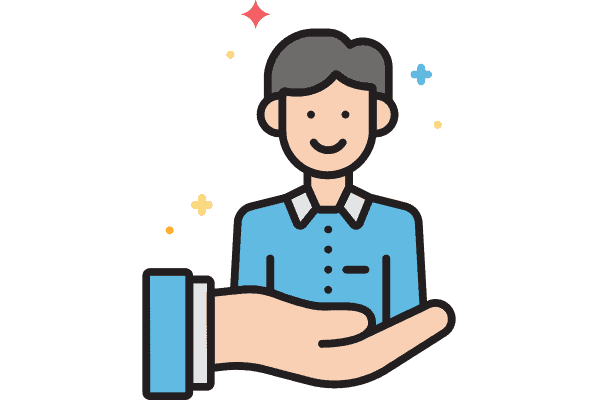
By providing valuable content, email marketing builds trust and strengthens the relationship between businesses and their customers. This trust is established through informative newsletters, exclusive promotions, and helpful tips tailored to each customer’s needs and preferences.
Utilizing email campaigns helps businesses maintain top-of-mind awareness among their audience. By consistently reaching out to customers with relevant updates, companies can ensure that they remain at the forefront of their customers’ minds when making purchasing decisions.
Here’s how email marketing contributes to customer retention:
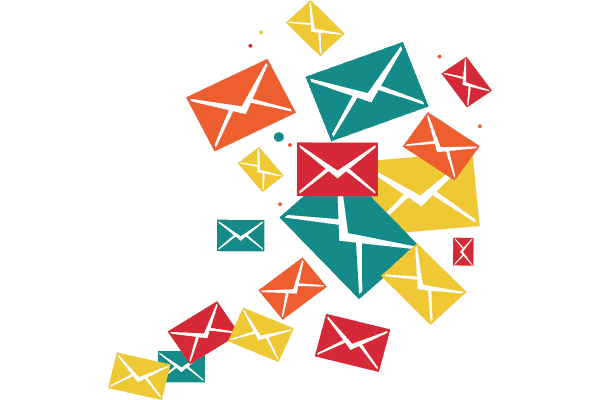
- Regular communication: Email marketing enables businesses to communicate with their customers regularly, informing them about new products, upcoming events, or industry trends.
- Personalization: Tailoring emails based on customer preferences and purchase history makes them feel valued and understood.
- Loyalty incentives: Offering exclusive discounts or rewards through email campaigns encourages repeat purchases and strengthens customer loyalty.
- Building trust: Providing valuable content, such as educational resources or expert advice, positions the business as a trusted source in the eyes of the customers.
- Reminder emails: Sending reminders about abandoned carts or expiring offers prompts customers to take action and complete their purchases.
- Feedback collection: Utilizing email surveys allows businesses to gather feedback from customers, demonstrating that their opinions matter.
Strategies to Enhance Customer Retention Through Email Marketing
Segmenting your email list based on customer preferences allows for personalized communication. You can create a stronger connection with your audience by tailoring your messages to their interests and needs.

Offering exclusive discounts or rewards to loyal customers through emails is a powerful way to boost retention rates. Everyone loves feeling appreciated and valued, so providing special deals or incentives can encourage customers to stay engaged and continue doing business with you.
Sending relevant product recommendations based on past purchases is another effective strategy to increase engagement and encourage repeat business. By analyzing customers’ buying history, you can suggest items that align with their preferences, making it easier for them to make additional purchases.
Implementing a consistent email schedule ensures regular communication without overwhelming subscribers. Finding the right balance between staying top-of-mind and avoiding spam-like behavior is critical. Maintaining a constant presence in their inbox can nurture the relationship with your customers over time.
Remember, when using email marketing for customer retention:
- Segment your email list for personalized communication.
- Offer exclusive discounts or rewards as a token of appreciation.
- Send relevant product recommendations based on past purchases.
- Implement a consistent email schedule for regular contact.
By following these strategies, you can leverage the power of email marketing to enhance customer retention and foster long-term relationships with your audience.
Utilizing Personalized Emails to Maximize Customer Retention
Addressing customers by their first names in emails creates a sense of personalization and connection. When customers receive an email that addresses them by name, it immediately grabs their attention and makes them feel valued. This simple personalization can go a long way in building a solid relationship with your customers.
Tailoring content based on individual interests and previous interactions improves engagement and loyalty. You can gain insights into customer preferences, purchase history, and browsing behavior by analyzing customer data. Armed with this information, you can create targeted emails that resonate with each customer on a personal level. For example:
- If a customer has previously purchased running shoes, you can send them personalized recommendations for new running gear or accessories.
- If a customer has shown interest in a particular product category on your website, you can send them exclusive offers related to that category.
Using dynamic email content allows customization based on specific customer segments or behaviors. With dynamic range, you can create different email template versions that automatically adapt to the recipient’s characteristics or actions. This enables you to deliver highly relevant content to different audience segments without manually creating multiple versions of the same email.
Incorporating personalized recommendations or offers increases the likelihood of conversion and repeat purchases. By leveraging data about your customers’ preferences and purchase history, you can provide tailored product recommendations or exclusive discounts that align with their interests. This increases the chances of conversion and encourages repeat purchases as customers feel understood and catered to.
By utilizing personalized emails effectively, businesses can maximize customer retention by fostering more robust connections, improving engagement levels, and providing relevant offers tailored to individual preferences. Remember: addressing customers by name, tailoring content based on interests and interactions, using the dynamic range for customization purposes, and incorporating personalized recommendations all play crucial roles in enhancing the effectiveness of email marketing for customer retention efforts.
So, why not take advantage of the power of personalized emails to enhance your customer retention strategy and drive long-term loyalty?
Leveraging Email Automation for Improved Customer Retention
Automated welcome emails are a powerful tool for making a positive first impression on customers. By sending these emails, businesses can establish a warm connection from the beginning and lay the foundation for ongoing communication. These initial messages serve as an introduction, making customers feel valued and appreciated right from the start.
Triggered emails play a crucial role in keeping customers engaged throughout their journey. Businesses can send personalized emails that capture attention and encourage further interaction by monitoring specific actions or milestones, such as abandoned carts or birthdays. For instance, when customers leave items in their cart without completing the purchase, an automated email reminder can be sent to nudge them toward finalizing their order.
Drip campaigns are another effective way to nurture leads into loyal customers gradually. These campaigns deliver targeted messages over time, allowing businesses to stay top-of-mind with potential buyers. By strategically spacing out communications and providing valuable content at each stage, companies can build trust and credibility while guiding prospects through the conversion funnel.
Automation also enables businesses to monitor subscriber activity and closely follow up when necessary. This ensures that no opportunity for engagement is missed. For example, suppose a customer clicks on a link in an email but doesn’t complete the desired action. In that case, an automated follow-up email can be triggered to provide additional information or address concerns.
Measuring Success: Key Metrics for Email Marketing and Customer Retention
To gauge the effectiveness of email campaigns and customer retention efforts, several key metrics can provide valuable insights. These metrics help businesses understand how their email marketing strategies perform and whether they successfully retain customers. Let’s take a look at some important metrics to consider:
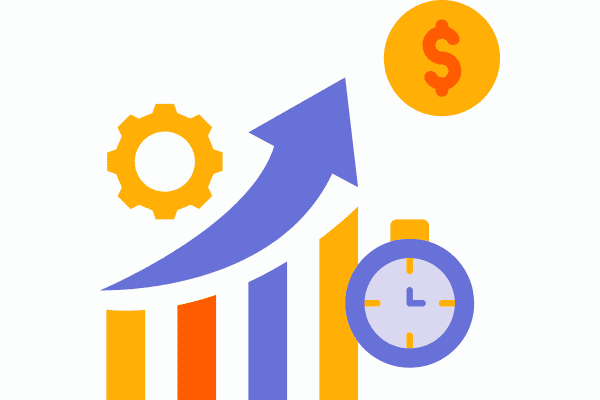
- Open rate and click-through rate offer insights into the effectiveness of email campaigns. The available rate indicates the percentage of recipients who open the emails they receive. In contrast, the click-through rate measures the proportion of recipients clicking links within those emails.
- The conversion rate is another crucial metric that measures the percentage of subscribers who take the desired action after receiving an email. This action could be purchasing, signing up for a service, or completing any other intended goal.
- Monitoring the churn rate helps businesses understand how many subscribers are unsubscribing or inactive over time. A high churn rate may indicate content relevance, frequency, or overall engagement issues.
- Assessing the lifetime value (LTV) provides insights into the profitability of retaining customers through email marketing efforts. LTV helps determine how much revenue each customer generates over their entire relationship with your business.
Businesses can better understand their email marketing performance and customer retention strategies by tracking these key metrics. Analyzing open rates, click-through rates, conversion rates, churn rates, and lifetime values allows companies to identify areas for improvement and make data-driven decisions to enhance their overall email marketing effectiveness.
Successful customer retention relies on continuously adapting strategies based on measurable results. By closely monitoring these essential metrics, businesses can optimize email campaigns to foster stronger customer relationships and boost long-term profitability.
Now let’s explore practical tips for effectively leveraging these metrics in your email marketing efforts.
Conclusion
In conclusion, email marketing plays a crucial role in customer retention. Businesses can significantly enhance customer retention by implementing effective strategies and personalized emails. Leveraging email automation further streamlines the process and ensures consistent engagement with customers.
The impact of email marketing on customer retention cannot be overstated. It allows businesses to establish regular communication channels with their customers, informing them about new products, promotions, and updates. This helps build brand loyalty and keeps customers engaged over time.
Measuring the success of email marketing campaigns is essential for optimizing results. Key metrics such as open rates, click-through rates, and conversion rates provide valuable insights into campaign performance. Businesses can refine their strategies by analyzing these metrics to maximize customer retention.
To fully leverage the power of email marketing for customer retention, it is essential to adopt an authoritative tone and ensure high-quality content delivery. Providing valuable information, exclusive offers, and personalized recommendations will keep customers interested and encourage repeat purchases.
To drive home the importance of email marketing in customer retention, here are some key takeaways:
- Email marketing is a powerful tool for improving customer retention.
- Personalization and automation are critical strategies for maximizing results.
- Measuring key metrics provides insights for optimizing campaigns.
- High-quality content delivery fosters brand loyalty.
- Consistent engagement through regular communication is vital.
Now that you understand the impact of email marketing on customer retention, it’s time to take action! Start implementing these strategies today to strengthen customer relationships and boost your business’s success.
FAQs
Q: How often should I send emails to my customers?
A: The frequency of your emails depends on your specific industry and target audience. It’s essential to balance staying top-of-mind without overwhelming your customers. Test different frequencies to see what works best for your business.
Q: Can I use emojis in my email subject lines?
A: Emojis in subject lines can help grab attention and increase open rates. However, it’s essential to use them sparingly and ensure they are relevant to the content of your email.
Q: How can I personalize my emails?
A: Personalization can be achieved through various means, such as addressing customers by name, segmenting your email list based on preferences or purchase history, and tailoring the content to meet their specific needs.
Q: What is a reasonable open rate for email marketing campaigns?
A: The average open rate varies across industries but generally falls between 15% to 25%. Aim for higher-than-average available rates by optimizing your subject lines and sender name and ensuring your emails provide value to recipients.
Q: How can I measure the success of my email marketing campaigns?
A: Key metrics like open rates, click-through rates, conversion rates, and unsubscribe rates provide insights into campaign performance. Analyzing these metrics will help you gauge the effectiveness of your email marketing efforts.
Recourses
Customer relationship management update information
We’re reader-supported. We may earn an affiliate commission when you buy through links on our site.

Angus Robertson is an authority in online marketing, affiliate marketing, and Search Engine Optimization (SEO). With an innate passion for the digital world, he has spent the last two decades assisting businesses in amplifying their online presence and boosting profitability.

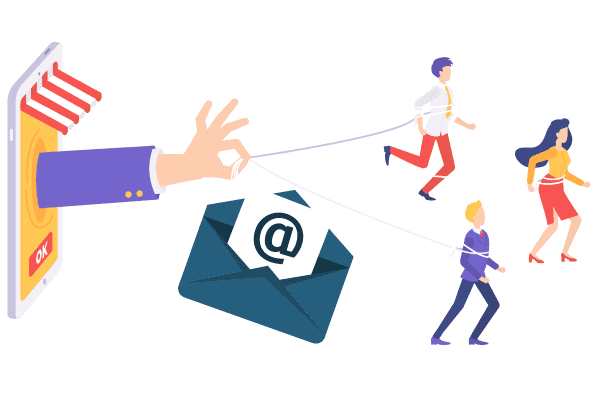
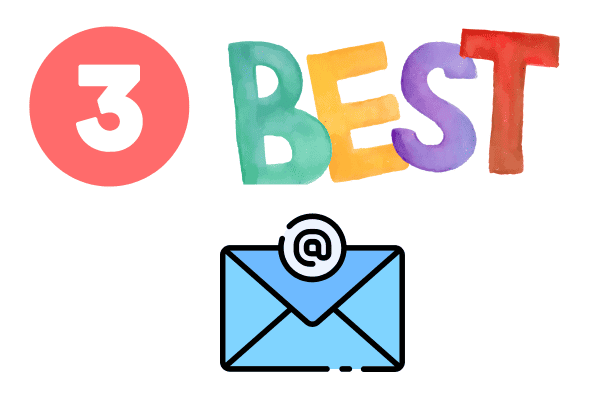
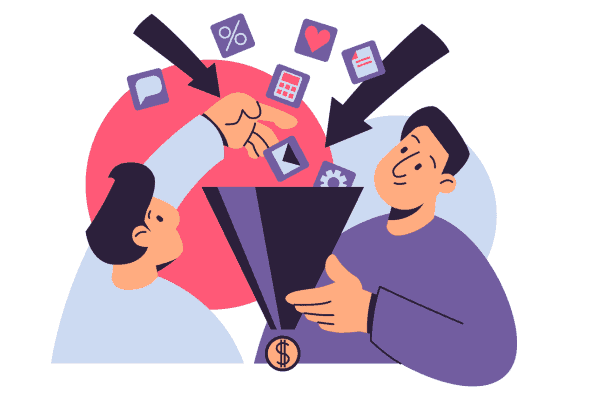
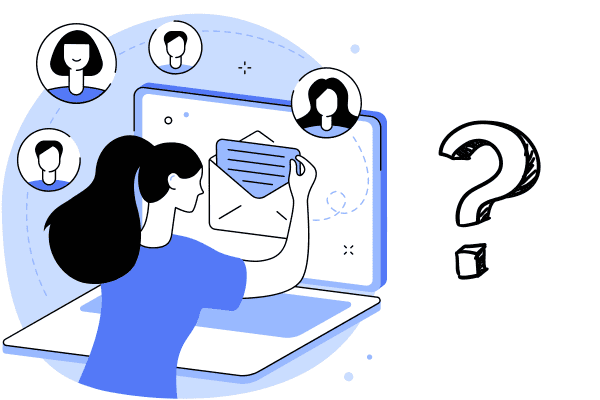
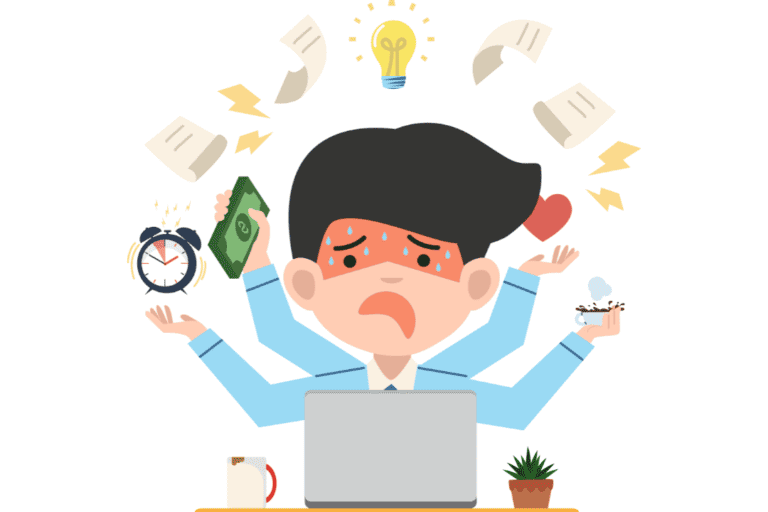
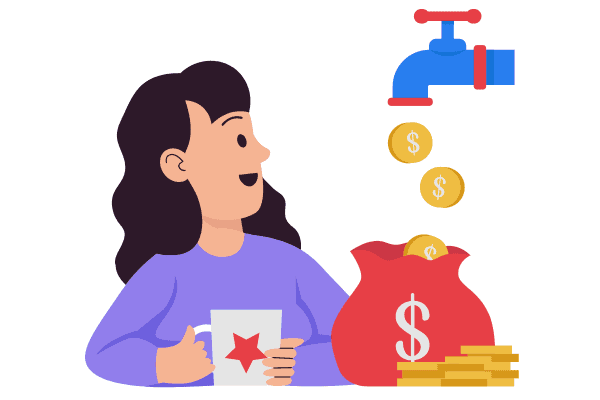

One Comment
Comments are closed.